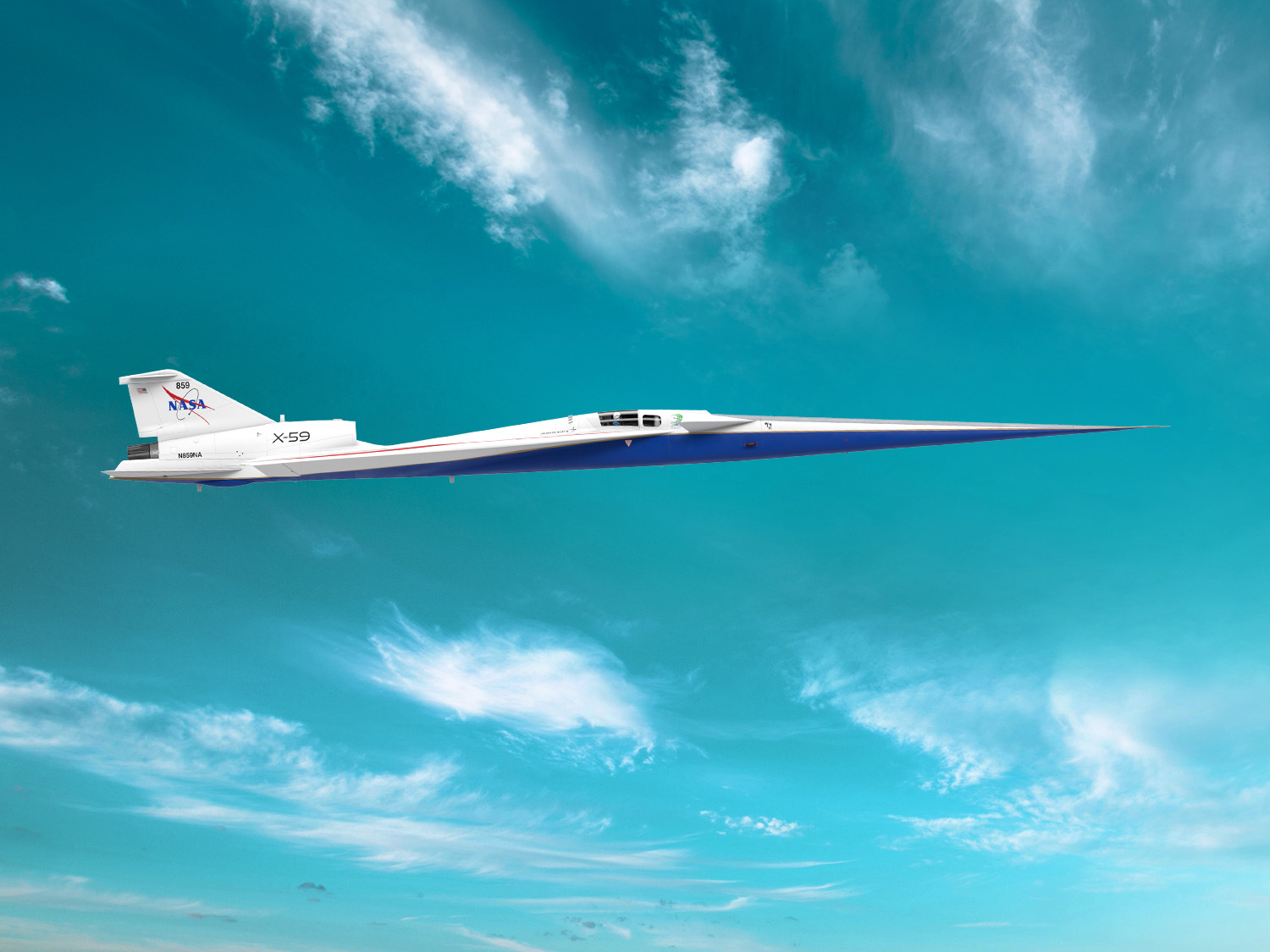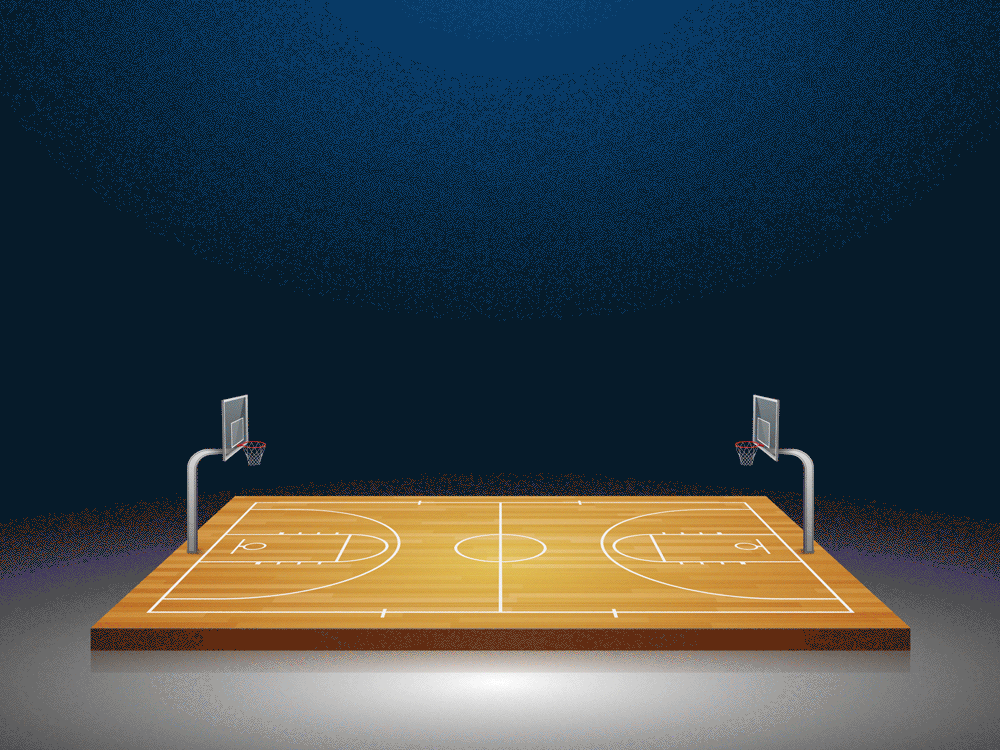How is the X-59 designed to quiet the boom?
Engineers incorporated several innovative design features into the X-59 to make it quieter
and help the pilot control the plane while in flight.
Click on each feature to find out more.
and help the pilot control the plane while in flight.
Click on each feature to find out more.


